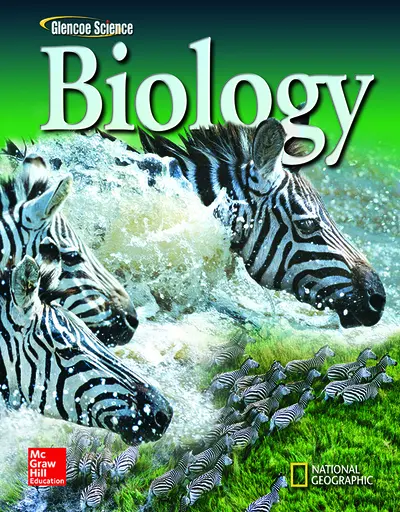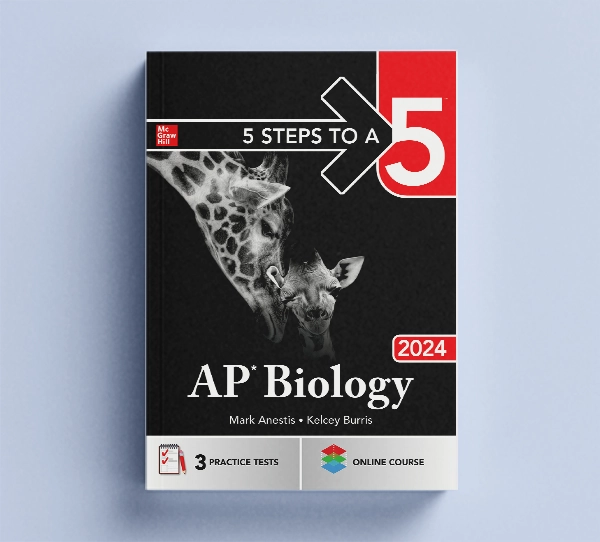My Account Details

Glencoe Biology © 2009
Grades: 9 - 12
Glencoe Biology leads the way with the best ideas in Biology education. It can help all of your students succeed with its organization around major Themes, Big Ideas, and Main Ideas of biology and its strong support for reading comprehension. This program’s comprehensive content is made relevant to students through engaging real-world contexts. A vast array of lab experiences builds strong inquiry skills. The abundance of differentiated instructional strategies helps teachers reach all















































Social Studies
View all Social Studies Programs
IMPACT (K–5)
Actively Learn (3–12)
New Social Studies (6–12)
Networks (6–12)